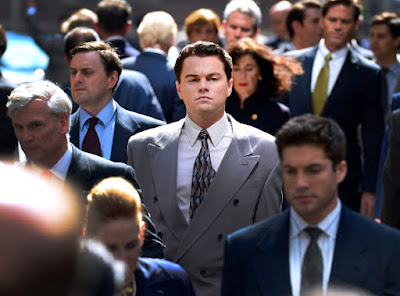To the unaware, ‘Net Neutrality refers to the concept of an “open internet” whereby end-users can access the lawful content, applications, services & devices of their choice. Policymakers around the world are considering whether and how to ensure that the internet remains “open” & Internet access service providers do not improperly block or degrade content sent over their networks.’ This is probably the most proper description of the controversial phrase “Net Neutrality” as stated on the site www.techpolicy.com
The ISSUE
Due to
intense lobbying by telecom operators like Airtel and Vodafone, the Telecom
Regulatory Authority of India (TRAI) had been planning to block apps and websites to extort money from customers. In essence, if you do not pay for your
YouTube app, then you can’t view it on your phone. However, this plan of blocking
Net Neutrality has been put on hold due to widespread customer uproar and since
then there have been multiple public discourses on the concept.
Net Neutrality
is a legal right for citizens in few countries across the globe including USA,
Chile, Netherlands and Brazil. Chile was the first country to adopt it as a
part of its General Telecommunications Law in the year 2010. The first time Net
Neutrality debate arose in India was when Airtel along the lines of Verizon,
USA launched Airtel Zero in April 2015.
How will Airtel Zero work?
- Mobile
app makers register with ‘Airtel Zero’ to give customers toll-free access
to their apps;
- Airtel
informs customers about these toll-free apps;
- Customers
download and access these apps at zero data charges – and enjoy their
favorite online tasks (e.g. entertainment, shopping) for free;
- In a
nutshell, it creates special “fast lanes” for the paid content.
The Loophole?
Well,
as an Airtel customer, you can only access the apps your service provider allows
you to. If Twitter doesn’t sign up with Airtel, then you may as well get ready to say bye
bye to your tweets and your followers. This
is unlike the present circumstances where for a monthly payment for your
broadband charges you can view all apps and websites.
Flipkart
was one of the first companies’ to sign up for Airtel Zero for a specific
bandwidth speed to be allocated to them. However, soon after the public furor,
it pulled out of Airtel Zero, which itself since then has been withdrawn by
Airtel.
Net Neutrality in USA
A similar
hue and cry had arisen in USA when Verizon and Comcast, two prominent US
service providers had come up with Net Zero. After multiple rounds of
discussions early this year, the Federal Communications Commission of USA came
up with the FCC’s Open Internet rules which are designed to protect free
expression and innovation on internet and to promote investment in the
country’s broadband networks, thereby adopting Net Neutrality in its entirety.
An open letter was sent to Narendra Modi by ‘youth ki awaz’, an online youth blog, after his discussions with Mark Zuckerberg, who has
been trying to promote his company’s internet.org as a platform for digital
inclusion in India. According to this open letter, contrary to Facebook's claims, the company in fact plans to target users of internet.org with restricted access to Facebook and sites
that have registered with internet.org. For other sites not registered with
internet.org, consumers will have to pay more. This again according to the forum is a violation of net neutrality.
The debate
is ongoing and we are hoping that Net Neutrality sooner than later, becomes a
public law in India.
- Ms. Monica Mor
Senior Faculty, INLEAD
Images Courtesy: Google Images
- Ms. Monica Mor
Senior Faculty, INLEAD
Images Courtesy: Google Images
























